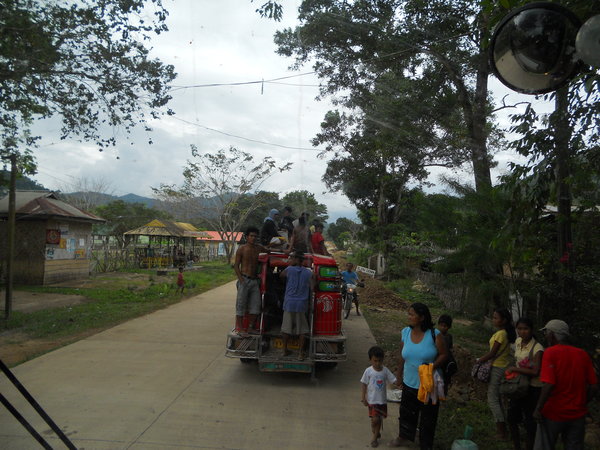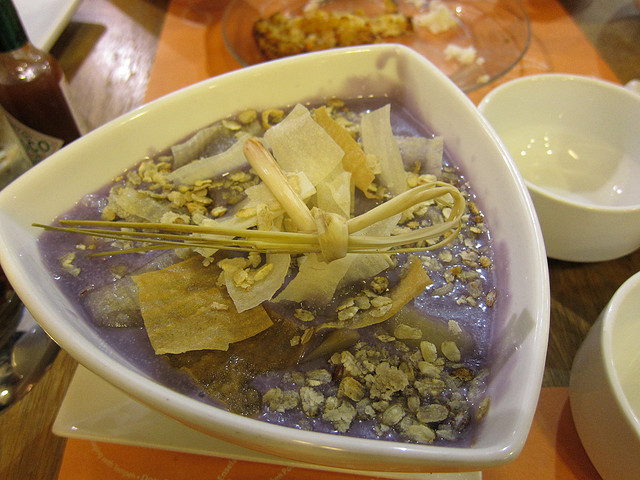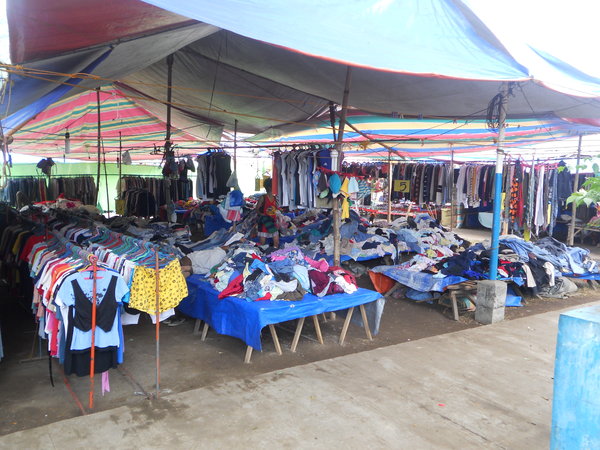As with any culture that is not your own, certain behaviors, practices and habits may be considered odd, weird and even downright bizarre. Filipinos have a fair share of them, and often the source of endless fascination (and even annoyance) by the same people whose culture Filipinos would surely likewise find odd, weird and bizarre.
So the next time you are in the country and are awakened at the most ungodly hours because of a crowing rooster with messed up body clocks, try to see the bigger picture first before you attempt to commit animal cruelty.
Here is the second part of Top 10 Filipino quirks and oddities explained. Feel free to share your observations or hilarious encounters with Filipino behaviours in the comments.
1. Top-loading

The Filipinos’ resourcefulness to stretch any scarce resource can be seen not only in their culinary inventiveness to make do with what is otherwise kitchen leftovers, but also in their ability to push the limits of vehicle capacity, hence the oft-seen case of overloading. Top-loading is overloading, with excess passengers taking their seats in the rafters. Top-loading is often a traffic case in remote rural areas where public transport comes by very rarely (if at all), but can still even be seen in capital cities, especially when everyone (lodging in the city) is in a rush to get home (to their hometowns) for the weekends.
2. The Filipino time
When you’re not really in a rush and the other person is also not in rush, and there are no serious consequences for not rushing, what is the incentive of arriving on time? Of course, this is fast becoming a bygone trend in urban settings where young (BPO) professionals had to clock in on time, or otherwise. But in smaller towns and cities with laidback lifestyle and with no punctilious master of efficiency to enforce strict time-keeping, arriving within 15 minutes of agreed time is without serious consequence. Punching in within 10 minutes of clock-in time is often not deducted from the paycheck.
3. Extended family of extended family
Filipino families are tightly woven, sometimes to a fault. The reason why retirement homes in the Philippines are as scarce as snow in the tropics is the fact that old members of the family are taken care of until they finally “retire.” This devotion, and sometimes sense of obligation, extends not just to immediate relatives, but also to in-laws, and in not uncommon cases, in-laws of in-laws.
4. You had me at “psst!”
Many Filipino anecdotes have been passed around how to best call the attention of a fellow Filipino when in a foreign crowd. And the consensus is a succinct “psst.” Regardless of where the Filipino came from, he or she would respond to this otherwise “impolite” call to attention of a “kababayan” (fellow countryman). (The really rude call to attention would be “hoy!”, a “you!” call to no one in particular.)
5. The penchant for everything melodramatic
One movie marathon of Filipino flicks would make a foreigner think that Filipinos are a sentimental bunch. The sadder the “teleserye” (serial soap opera) the better. The more vicious the “kontrabida” (antagonist), the stronger the conflict, the more complicated the plot – as in the bestfriend of the cousin of the mother of the heroine has finally revealed that the latter was adopted which the heroine confirmed from a long ago forgotten midwife – the happier the ending. This is because Filipinos can easily relate to struggle – Mt. Everest huge struggle – and the triumph in the end gives them hope that they, too, one day, may overcome all obstacles in the tradition of King of the Ring Manny Pacquiao, and live happily ever after.






